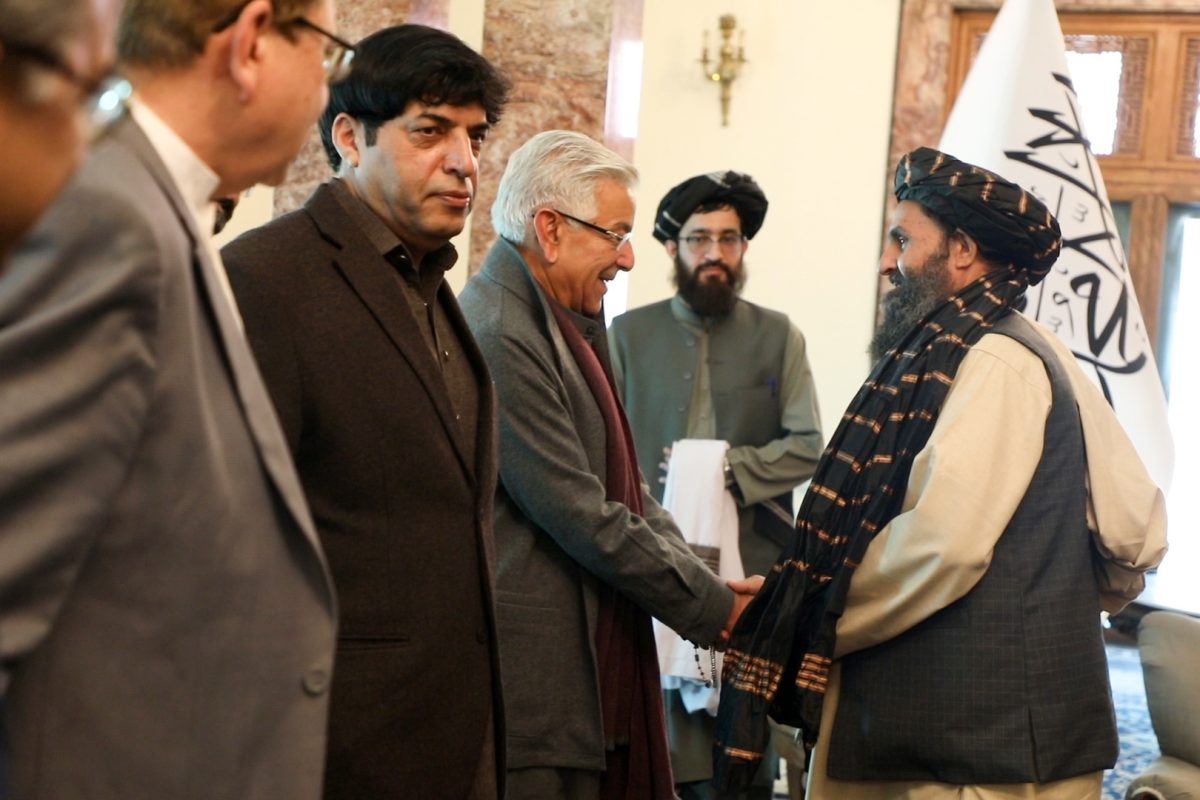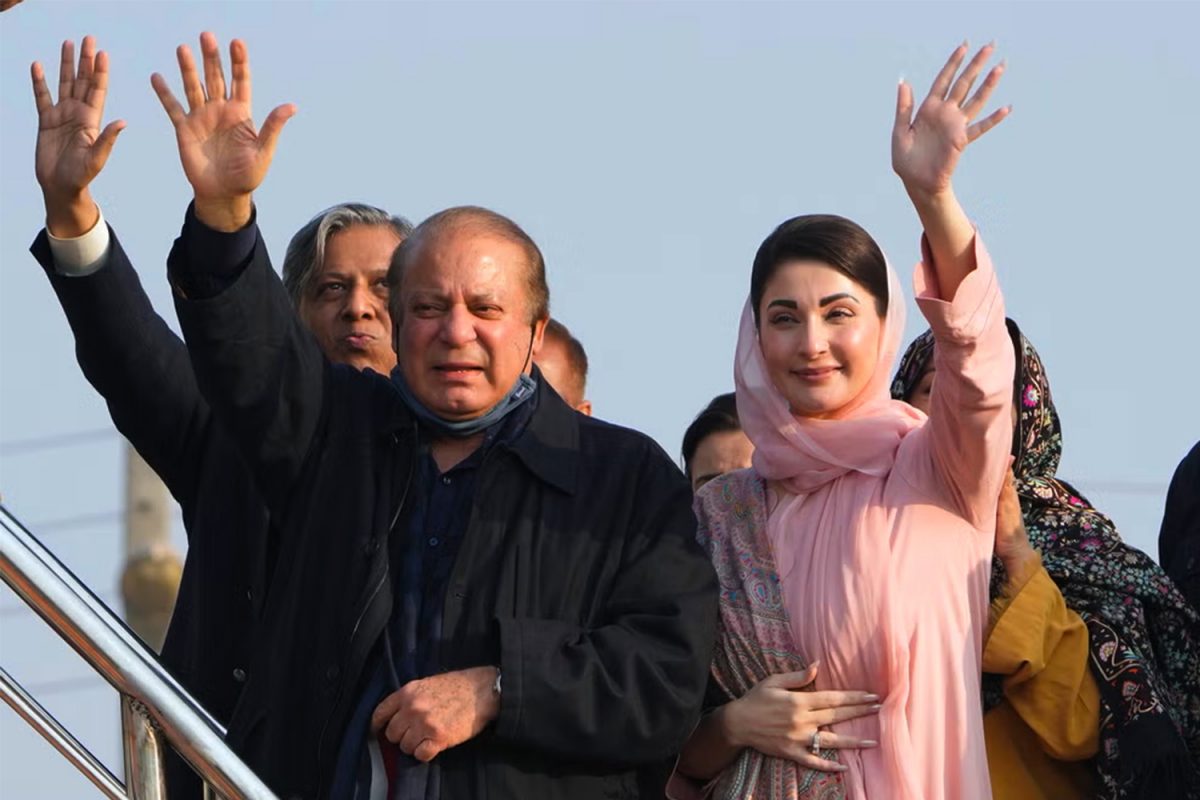In a speech at the White House on Wednesday 15th April, US president Joe Biden declared its “time to end America’s longest war, I am now the fourth American president to preside over an American troop presence in Afghanistan, Two Republicans. Two Democrats. I will not pass this responsibility to a fifth.”[1] The Afghan war has cost the US 2,488 soldiers, 20,722 have returned wounded and all at a cost to the US taxpayer in excess of $2 trillion.[2] The Afghan war has been going on for so long that 25% of the country’s population was born after the invasion and many have forgotten why the US is even there today. Whilst America’s military presence and its troop withdrawal gains most of the media attention, US strategic goals are not being abandoned and the military invasion was always a means to an end and not an end in itself.
What was the US seeking to achieve in Afghanistan? The answer to this question begins not on 9/11 but well before that. It was during the 1990s that the seeds of American invasion of Afghanistan were laid. Whilst the Soviet departure from Afghanistan in 1989 saw the US prioritise other regions of the world, the subsequent collapse of Soviet Union in 1991 and the emergence of five new republics in Central Asia began to get the attention of US policy makers. After the collapse of the Soviet Union Dick Cheney, then chief executive of a major oil services company, remarked: “I cannot think of a time when we have had a region emerge as suddenly to become as strategically significant as the Caspian.”[3] US energy companies saw Central Asian energy as the new Middle East. As Moscow only developed the energy fields in Russia proper, this led to basins in the Caspian and Central Asia to remain underdeveloped and transporting energy from Central Asia to Western markets came to dominate US policy in the region.
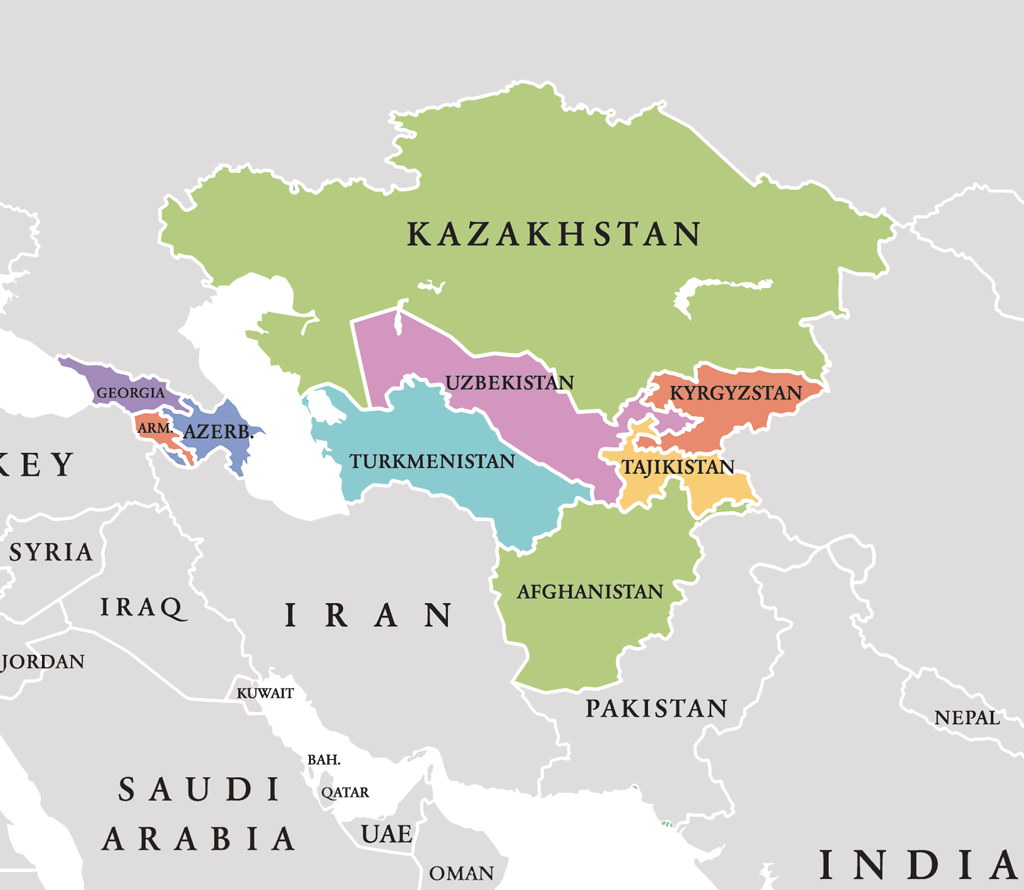
With the Caspian and Central Asia being landlocked and lacking access to international waters transporting the region’s energy required new pipelines. Linking South Asia with Central Asia through new pipelines was seen as one of the most economic ways to achieve this. Such pipelines would need to run through Iran and Afghanistan and as the US did not want to strengthen Iran from 1995 the US oil company Union Oil Company of California (UNOCAL) began negotiating to build oil and gas pipelines from Turkmenistan, through Afghanistan and into Pakistani ports on the Arabian sea. In 1995 Afghanistan was in the middle of a countrywide civil war and this American scheme needed a single administration in Afghanistan, which would guarantee safe passage. The Taliban capture of Kabul in 1996 saw the US quietly acquiesce as it served its agenda. UNOCAL invited some of the leaders of the Taliban to Houston, where they were royally entertained. Whilst the UNOCAL pipeline didn’t materialize in the end as UNOCAL was unsure of the economic viability. US policy makers replaced UNOCALs project with the TAPI (Turkmenistan, Afghanistan, Pakistan, India) gas pipeline linking the Caspian and Central Asia through Turkmenistan via Afghanistan and onto Pakistan and India. The US aggressively pushed for this pipeline so it would act as the conduit to control the hydrocarbon resources of the Caspian Sea as well their security and transit. Richard Boucher, who was US assistant secretary of state for South and Central Asian Affairs highlighted: “One of our goals is to stabilize Afghanistan…and to link South and Central Asia…..so that energy can flow to the south.”[4] The delays to the TAPI pipeline were due to the Taliban dragging their feet and considering other options.
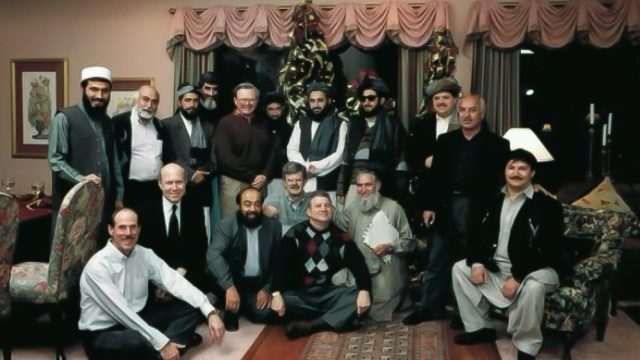
From 1997 the US used Osama bin Laden to pressure the Taliban. The US used warnings, sanctions and inducements to pressure the Taliban, but all of these efforts ultimately failed to bring the Taliban in line. US policy makers from at least 1999 saw regime-change a viable option in Afghanistan. The US energy information administration reported a few days before 9/11 that: “Afghanistan’s significance from an energy standpoint stems from its geographical position as a potential transit route for oil and natural gas exports from central Asia to the Arabian sea. This potential includes the possible construction of oil and natural gas export pipelines through Afghanistan.” In a bipartisan commission inquiry that investigated the US government’s failure to prevent 9/11, it found the Clinton administration had planned to oust the Taliban prior to 9/11 and the Bush administration was already preparing for the groundwork for invasion of Afghanistan prior to 9/11.
The invasion of Afghanistan took place as US officials, policy makers and its energy companies came to see Kabul as the route to Nur-Sultan, Bishkek, Dushanbe, Ashgabat and Tashkent as well as to the Caspian Sea’s energy resources. Regime change in Afghanistan through a military invasion and occupation was the means to achieve US foreign policy goals in Eurasia. The US would establish a compliant regime in Kabul and subsequently leave the day-to-day running of the mountainous country to the new regime and fund and help train a new security force to maintain security. This would allow the US to focus on more strategic issues such as Central Asia’s energy and any potential threats from Russia and China.
The invasion of Afghanistan took place as US officials, policy makers and its energy companies came to see Kabul as the route to Nur-Sultan, Bishkek, Dushanbe, Ashgabat and Tashkent as well as to the Caspian Sea’s energy resources
Winning When You’re Losing
When the US and its coalition partners invaded Afghanistan back in 2001, it was able to drive the Taliban out of Kabul. The US then proceeded to establish a government with a number of corrupt warlords that were bound together due to their hatred for the Taliban. The Kabul central government muddled through the years of the Hamid Karzai presidency but it had no capability beyond its government offices to shape the country.
Despite the bare faced lies of the security situation in the country as the years went on it became very clear that the security services whether the armed forces or domestic police were in no position to maintain order in the country. The Afghan armed forces suffered from the problem of having too many generals. The military had more than a thousand Generals, from so many of the different factions in order to keep the peace. But instead of advancing the national interest and fighting the Taliban, most of these generals remained focused on advancing their own personal interests.
The US fell victim to the same reality both the Soviet Union and Britain befell previously and that is an invading force, in the long run will ruin itself in attempting to conquer Afghanistan. The US began to focus on Iraq from 2005 but in both countries the US invaded it became clear that she can destroy regimes but its nation building capabilities are usually a failure. Establishing a democratic regime was abandoned very quickly in Afghanistan and for the US the military invasion and subsequent strategy was always a means to an end. With the military option failing the US turned to diplomacy to achieve its strategic goals of using Afghanistan to gain Central Asia. For this it used all the surrounding nations to stabilise Afghanistan. Pakistan played its role in dealing with the support for Afghan resistance in its tribal areas by carrying out various raids, operations, and peace deals. Pakistan has played a key role in bringing the Taliban to the negotiating table in a peace deal with the US.
India and Iran also played central roles in stabilizing Afghanistan. The US outsourced the burden of the war to these countries as a cost-effective measure as well as a more politically acceptable solution for the US public who grew tired of the war. Iran and the US have long been on the same page in Afghanistan, Iran even gave maps to Washington that revealed Taliban positions in Afghanistan. It was Iran that successfully persuaded the Northern Alliance to support US-backed Hamid Karzai as president at the Bonn conference.[5] India has been playing an increasing role, in reconstruction efforts in Afghanistan, for India encircling Pakistan by supporting the Northern Alliance greatly aided the US strategy of stabilising the country.
With the military option failing the US turned to diplomacy to achieve its strategic goals of using Afghanistan to gain Central Asia. For this it used all the surrounding nations to stabilise Afghanistan
The US was also able to enlist both Russia and China in managing Afghanistan. China who shares a small border with Afghanistan became extremely interested in Afghanistan in 2010 when nearly $1 trillion in untapped mineral deposits were discovered. But China realised that it couldn’t exploit any of Afghanistan’s mineral resources without a stable Government in Kabul and stability and security across the country. For these reasons China has supported the US constructed political architecture in the country and worked to strengthen it. For China, the US presence in Afghanistan provides security to both its investments and the Kabul government and that’s why it has supported US-Afghanistan security deals. China’s “peace and reconciliation forum” was described by a US official in glowing terms: “The United States and China have agreed to work together to support the Government of Afghanistan, and national unity, and the security forces, and economic development; to ensure that Afghanistan is not used once again as a safe haven for terrorists.”[6]
Russia has not opposed the US in Afghanistan and provided the US with all the support it needed in the country from logistical support for US supplies and intelligence. Russia even organised peace talks between the US constructed architecture in Kabul and the Taliban.
The US long accepted it could not militarily win in Afghanistan and as a result it was forced to turn to regional nations to manage Afghanistan. Whether it’s India and Iran or China and Russia the US is relying upon these nations to succeed where it has failed. The only faction that needed co-opting in this political strategy was the Taliban.
Losing When You’re Winning
America’s attempts to engage the Taliban began soon after Barack Obama took office in 2009. This meant the Obama administration implicitly accepted it could not defeat the Taliban. The US pursued a multifaceted approach in order to weaken the Taliban and ultimately bring it to the negotiating table. The multifaceted approach used different language to describe the status of the various initiatives aimed at engaging with the Taliban. “Reintegration” did not, for instance, include negotiations but designated an attempt to make the Taliban foot soldiers lay down arms by giving them financial incentives to do so. “Negotiations” implied compromise from both sides. The term “reconciliation” covered the national reconciliation process within Afghanistan. “Peace deals” was a term that is mostly applied in the Pakistani context, and involves the Pakistani government on one side and the Pakistani Taliban on the other.
In 2010 the US strategy was to provide financial incentives for the lower-ranking Taliban loyalists and fighters to disarm. Then in 2011 the Eid message of Mullah Omar was interpreted as a window of opportunity to go one step further – Mullah Omar seemed to show openness towards talks.[7] Direct contact between the US and the Taliban began in November 2010 when US officials met Tayyab Agha, a representative of Mullah Omar in Munich. The then secretive talks were brokered by German officials and the Qatari royal family. Subsequently, in 2011 two rounds of preliminary meetings were held in Doha and in Germany before the Taliban’s political office was unofficially established in Doha in January 2012. In 2015 the first sets of talks were formally arranged between the Afghan Government and the Afghan Taliban in the Pakistani hill side resort of Murree. After American officials met Taliban members in 2018, in its political office in Qatar, Zalmay Khalilzad was appointed by President Trump as special adviser on Afghanistan in the US State Department, with the stated goal of facilitating an intra-Afghan political peace process. The US and the Taliban signed a peace treaty on February 29, 2020, which called for the withdrawal of American troops from Afghanistan within 14 months if the Taliban upheld the terms of the agreement.
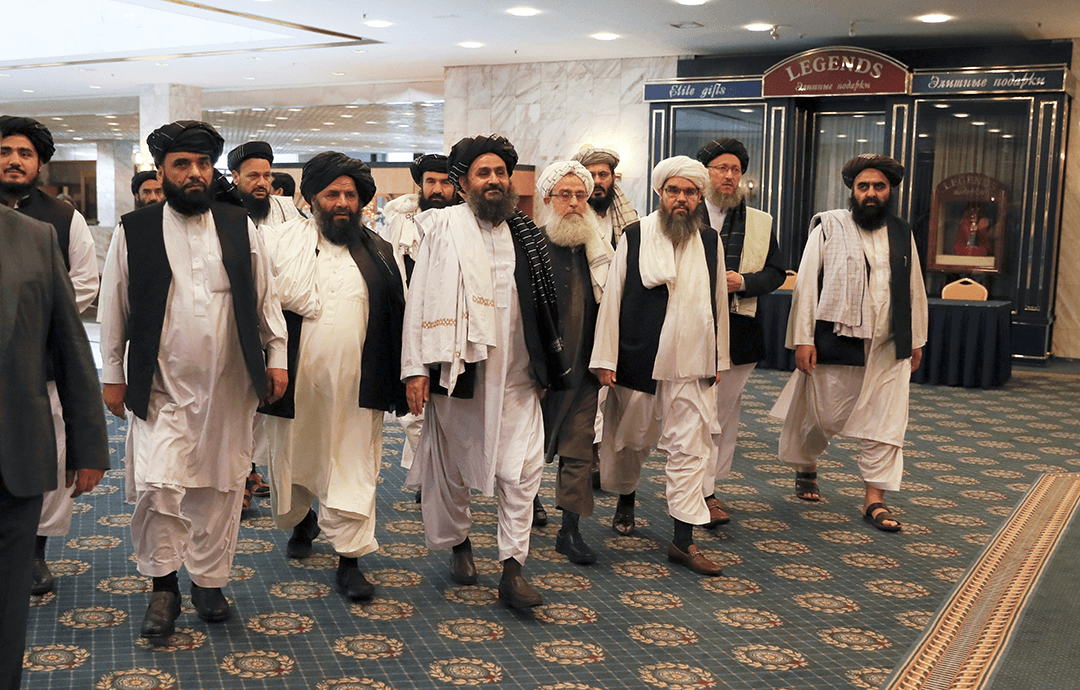
After the Taliban prevailed on the battlefield and bled the US to death it was astonishing why they would engage in negotiations when they were in a winning position. The Taliban the US was engaging in talks with was a very different organisation to the one it faced when it invaded the country back in 2001. In 2015 the Taliban leadership made public that its long-term leader Mullah Umar had died back in 2013, they had thus kept it a secret. Taliban members who took orders that they believed were from their leader were all shocked at this admission. The Taliban subsequently had a contentious leadership election in late 2015 and then began seeking to diversify their sources of money and weapons. Mullah Akhtar Mansour, the new leader made a number of visits to Tehran and opened a foreign office in Mashhad, Iran.[8] Meetings also took place between Mullah Mansour and Russian officials, where he secured funds and weapons from Moscow.[9] Both a stunning reversal of relations.
After the Taliban prevailed on the battlefield and bled the US to death it was astonishing why they would engage in negotiations when they were in a winning position. The Taliban the US was engaging in talks with was a very different organisation to the one it faced when it invaded the country back in 2001
The US political strategy to co-opt the Taliban includes giving them power in a power sharing agreement with the government in Kabul. This will see the Taliban members receive portfolios in the regime and thus stabilise Afghanistan. As the Taliban were removed from power it is them who have fought the American established regime and having them enter into a political settlement is a major victory for the US.
After a war that has lasted longer than both WW1 and WW2 combined the US was never looking to maintain permanent physical presence in Afghanistan. The US wants to maintain Afghanistan through minimum cost and its military presence has lasted much longer than they envisaged back in 2001. The US being a global superpower has numerous global issues to be dealing with and Afghanistan is merely just one of many issues. In his speech at the White House regarding US military drawdown in Afghanistan President Biden made an interesting remark. “There are many who loudly insist that diplomacy cannot succeed without a robust U.S. military presence to stand as leverage. We gave that argument a decade. It’s never proved effective…. Our diplomacy does not hinge on having boots in harm’s way.”[10] America’s military invasion was a means to an end; it was for gaining the coveted energy sources, transit and pipelines of Central Asia. The US has now used diplomacy where its military strategy failed to achieve its strategic goals for Central Asia. This region becomes all the more important with a rising China and a resurgent Russia. Whilst the US military will leave Afghanistan at some point in the future, the US is not leaving the strategic country.
[1] Remarks by President Biden on the Way Forward in Afghanistan | The White House
[2] What Did the U.S. Get for $2 Trillion in Afghanistan? – The New York Times (nytimes.com)
[3] The new Great Game | Oil | The Guardian
[4] Afghanistan and the new Great Game, Toronto Post, August 2009, https://www.pressreader.com/canada/toronto-star/20090812/283326108366753
[6] China offers to mediate in stalled Afghan Taliban peace talks | Reuters
[7] Deciphering Mullah Omar’s Eid Message (rferl.org)
[8] In Afghanistan, U.S. Exits, and Iran Comes In – The New York Times (nytimes.com)
[9] Ties between Russia and the Taliban worry Afghan, U.S. officials | Reuters
[10] Remarks by President Biden on the Way Forward in Afghanistan | The White House


